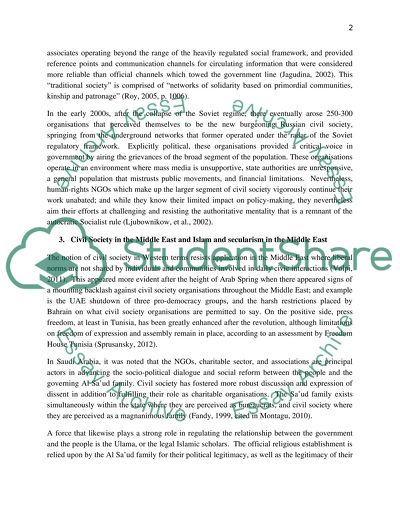Civil society and religious figures in Saudi Arabia - literature review. Retrieved from https://studentshare.org/history/1496058-civil-society-and-religious-figures-in-saudi
Civil Society and Religious Figures in Saudi Arabia - Literature Review. https://studentshare.org/history/1496058-civil-society-and-religious-figures-in-saudi.


